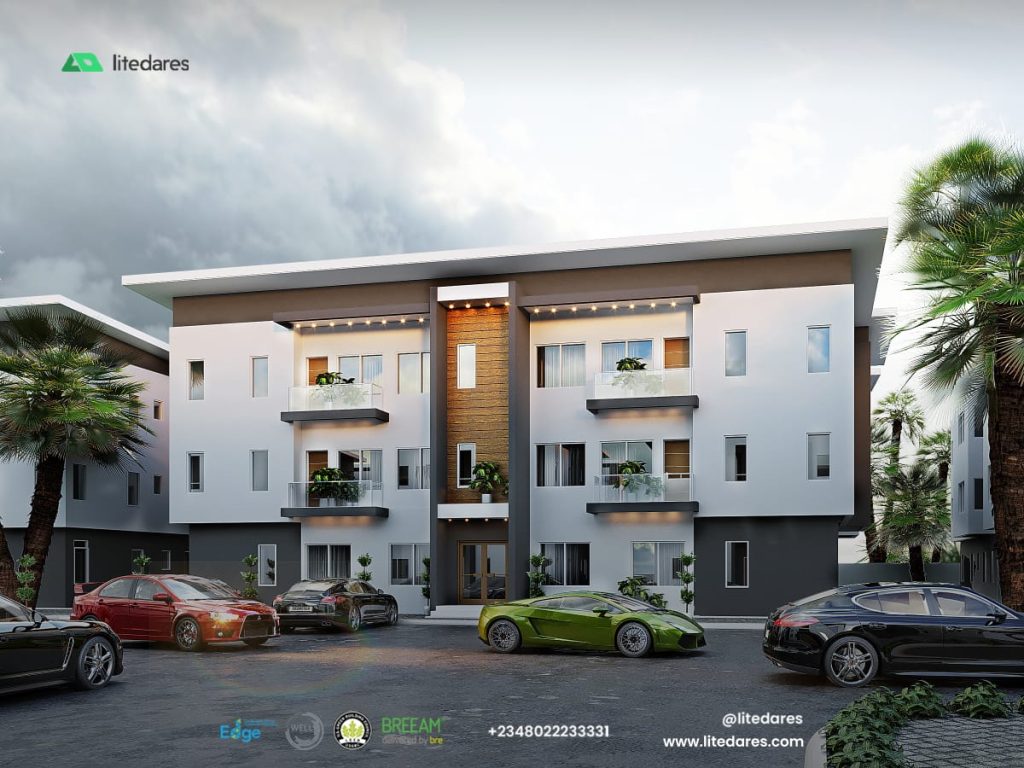
In our previous article, we discussed “What are green buildings and their benefits?” But then, how do we measure the sustainability of a building? The 7 components of green building determine the building’s sustainability.
A green building has seven main components, according to the Environmental Protection Agency (EPA). The seven green building components include environmentally friendly building materials, energy efficiency, and renewable energy, indoor air quality, water efficiency, waste reduction, smart growth, sustainable development, and toxics reduction.
Combining these 7 green building components will yield a building that is not just harmful to the environment but also healthy for the people who live, work, and visit such buildings.
The 7 Components of Green Building
1) Environmentally Friendly Building Materials:
Using sustainable building materials for your design and construction reduces waste, is cost-effective, energy- and resource-efficient, and is sustainable. These recycled and reused materials produce little to no waste which is safe for the environment and humans.
2) Energy Efficiency and Renewable Energy:
The green building movement aims to improve the energy efficiency of buildings, homes, and various building components and appliances. Example of a renewable energy source is solar panels. Efficient heating and cooling systems, such as energy-efficient windows, are used in construction to ensure good air quality.
3) Indoor Air Quality
Indoor air quality is another component of a green building. These buildings improve the air quality. This protects occupant health, improves productivity and comfort, and enhances the durability of structures. Among the features are a green roof and an aluminum weather-resistant insulated access panel.
4) Water Efficiency
Green buildings save water and protect the environment by using or installing water-efficient appliances. Such as installing reduced showerheads and toilets etc.
5) Waste Reduction
Reducing waste is also a major component of a green building. So, in construction, reused and recycled materials are used to minimize waste, energy consumption, and greenhouse gas emissions.
6) Smart Growth and Sustainable Development:
There will be a continuous development of sustainability in green buildings. The communities are educated on ways to reduce toxic pollution in their local environment. It develops healthy communities, promotes economic development, and builds strong neighborhoods.
7) Toxics Reduction:
Products with the EPA’s DfE logo are advisable for use because these products meet the health and safety standards of the pesticide registration process required by the Federal Insecticide, Fungicide, and Rodenticide Act (FIFRA).
Are you looking for a construction or architecture firm to handle your project?
Litedares Consult Limited provides exceptional green architectural design and construction for residential, commercial, and industrial projects throughout Nigeria with an eye toward sustainable and high-performance building solutions. We specialize in helping individuals, companies, and organizations comply with the levels of sustainability requested by governmental and environmental agencies. This includes Energy Performance Certificates (EPC) to meet the code of sustainable homes and BREEAM requirements. Please contact Litedares Consult Limited right away!



